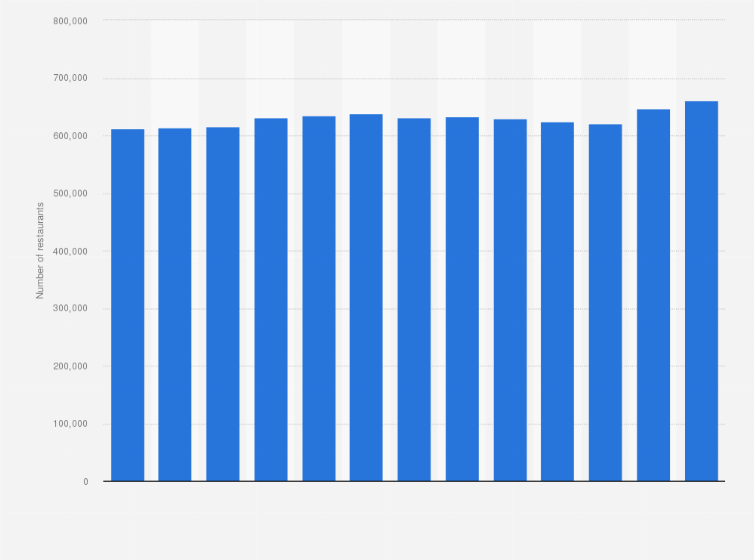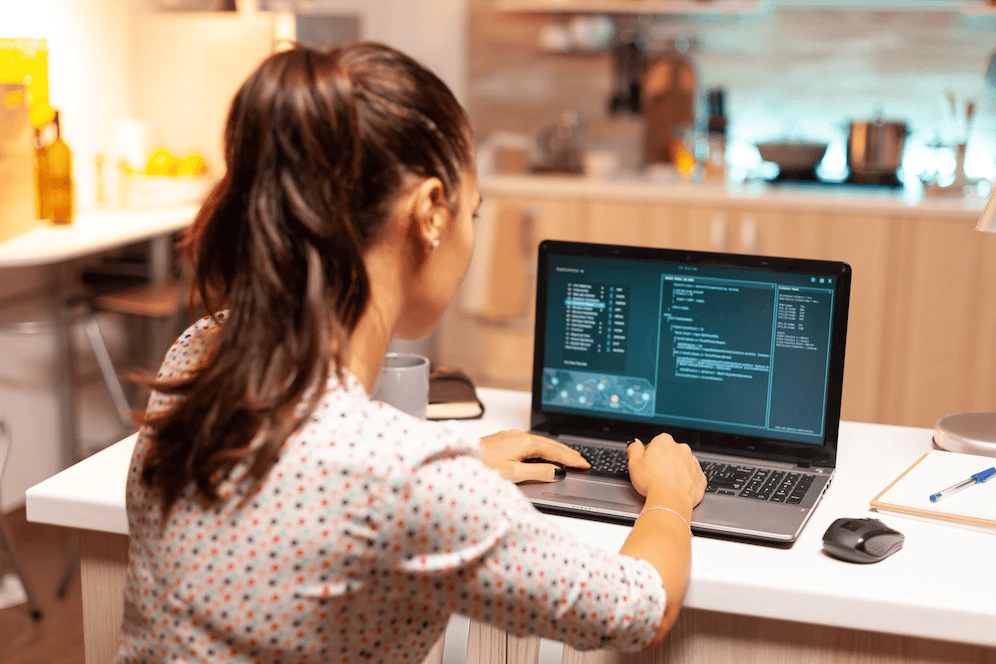The competition in the restaurant industry is fierce. With more than 600,000 establishments in the US alone, a startup’s entry barriers can be overwhelming. A solid marketing plan can help new restaurants attract high-quality customers and investors. Unfortunately, many new businesses lack the experience and tools to create an effective and efficient marketing strategy. If you want to improve your chances of success, you’ve come to the right place for answers.

Every business needs a marketing plan to help them attract the right customers. Below are five data-driven marketing tips for restaurant startups to give you a headstart on planning. However, before we share our top tips with you, let’s briefly discuss the importance of a marketing plan.
Importance of a Marketing Strategy
A marketing strategy puts your startup business goals in order. It helps you identify and retain your target audience. Furthermore, it keeps you consistent with your brand and mission. Marketing plans help you map out how you want to advertise your restaurant. It holds you accountable to your goals and forces you to take action where it’s due.
An effective marketing strategy details how a business can maintain positive relationships with its customers through concise and relatable communication. Nowadays, this means having a strong online presence and accessible platforms where your customers can interact.
Data-Driven Marketing Tips for Restaurant Startups
There is no one-size-fits-all approach to marketing. Every business is unique and will require different strategies to succeed. The following are some of the most common techniques that many successful businesses use to reach individual goals. Feel free to change the elements of each method to better suit your needs.
1. Create and perfect your business website.
Websites are one of the most overlooked forms of marketing, and that’s understandable. It can be expensive to start and maintain one, especially for a new business. Luckily, there are cost-effective ways to create a business website that can both engage and convert. Nowadays, popular web hosting companies such as DreamHost and BlueHost now offer clients free website building tools to help you create the ideal web design for your website.
More than 80% of the world’s population goes online to search for information and purchase products from various businesses. A website can make your restaurant startup more accessible to your target audience. It also adds a layer of credibility to your business — something for which all startup businesses should aim.

2. Cultivate your restaurant’s brand identity.
Branding is more than just the colors and fonts you use for your business. Your brand represents your business’ tone, personality, mission, and goals. Without a clear brand, businesses end up with a hodgepodge of content that is unremarkable and unmemorable. You end up repelling your target audience instead of reeling them in.
Building and cultivating a strong brand identity is the best way to avoid this situation. Analyze your competition and find what makes your business unique. Do you offer products, services, or experiences that no other establishment does? Furthermore, evaluate your target audience. Run tests and surveys to help identify their pain points. Doing so will make it easier for you to design products and services that are more to your target market’s liking.
While it’s important to appeal to your target audience’s tastes and preferences, staying true to your mission is also essential for business success. When in doubt, go back to the reason why you started your business in the first place. If you think your current brand strategy is effective for your situation, don’t be afraid to stand up for it.
3. Double down on local SEO.
Search engine optimization (SEO) helps get organic traffic to your website. As a result, your SERP ranking goes up, ensuring your website is more visible to people searching for your keywords online. Optimizing your online visibility to show up on local searches can boost your conversion rates, improve your website traffic, and allow your business to establish greater credibility and trust.
Here are a few ways you can double down on local SEO:
- Claim your business on Google My Business
- Add a reservation link to your Google My Business profile
- Encourage your customers to leave reviews on your website, Google My Business profile, and other platforms
- Create content that is mobile friendly
- Use social listening tools to find out what your customers are looking for in your target location
Try these out to see which one works best for your business.
4. Make the most of social media.
Another great way businesses can maintain a healthy relationship with their customers is through social media. Facebook and Instagram seem to be the most effective platforms for restaurant startups. The great thing about these platforms is that they can help you reach a wider audience. It also gives you a way to directly communicate with your customers.
Maintain and optimize your profile to attract and retain customers by regularly posting helpful content and stories on your feed. Respond to comments and inquiries from your followers to let them know your business cares about them. Engage with customer stories and posts to encourage them to share more content about your establishment.
5. Start an email newsletter.
Contrary to popular belief, email marketing is still one of the most effective ways to engage your target audience. The key is personalizing your emails to make them more enticing to your readers. Targeted emails are much more effective than untargeted ones, purely because they contain information that the reader will find valuable, entertaining, or helpful. A business CRM can help you record and keep track of customer data that can help you improve your email newsletters.
Final Thoughts
Managing a restaurant startup is not an easy feat. However, with the right tools and tactics in place, you can achieve whatever goal you set your mind to. Consider the marketing tips we’ve shared above and try to apply them to your business operations as needed.


















